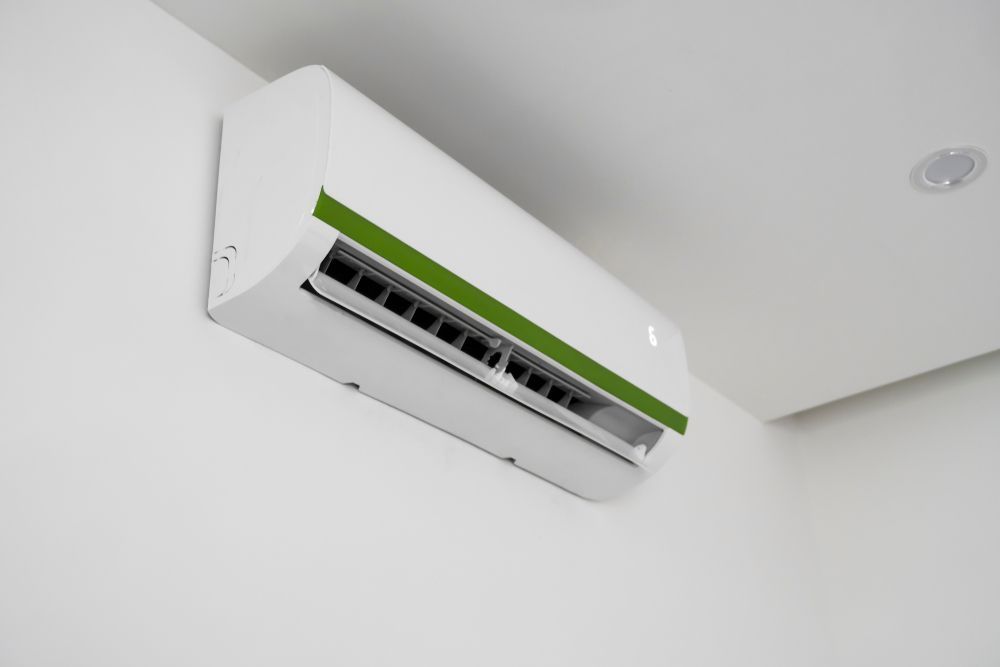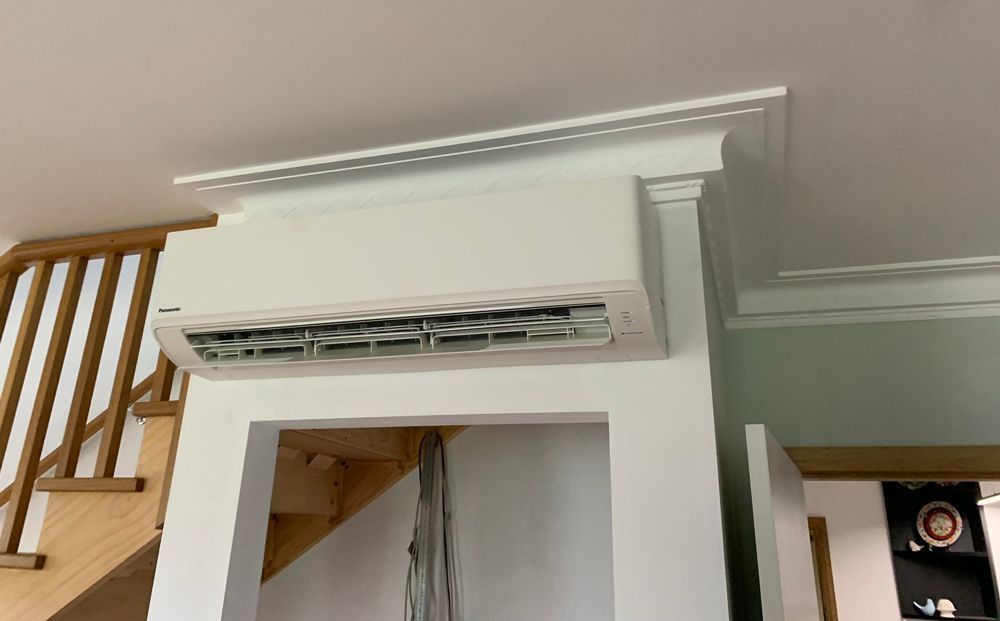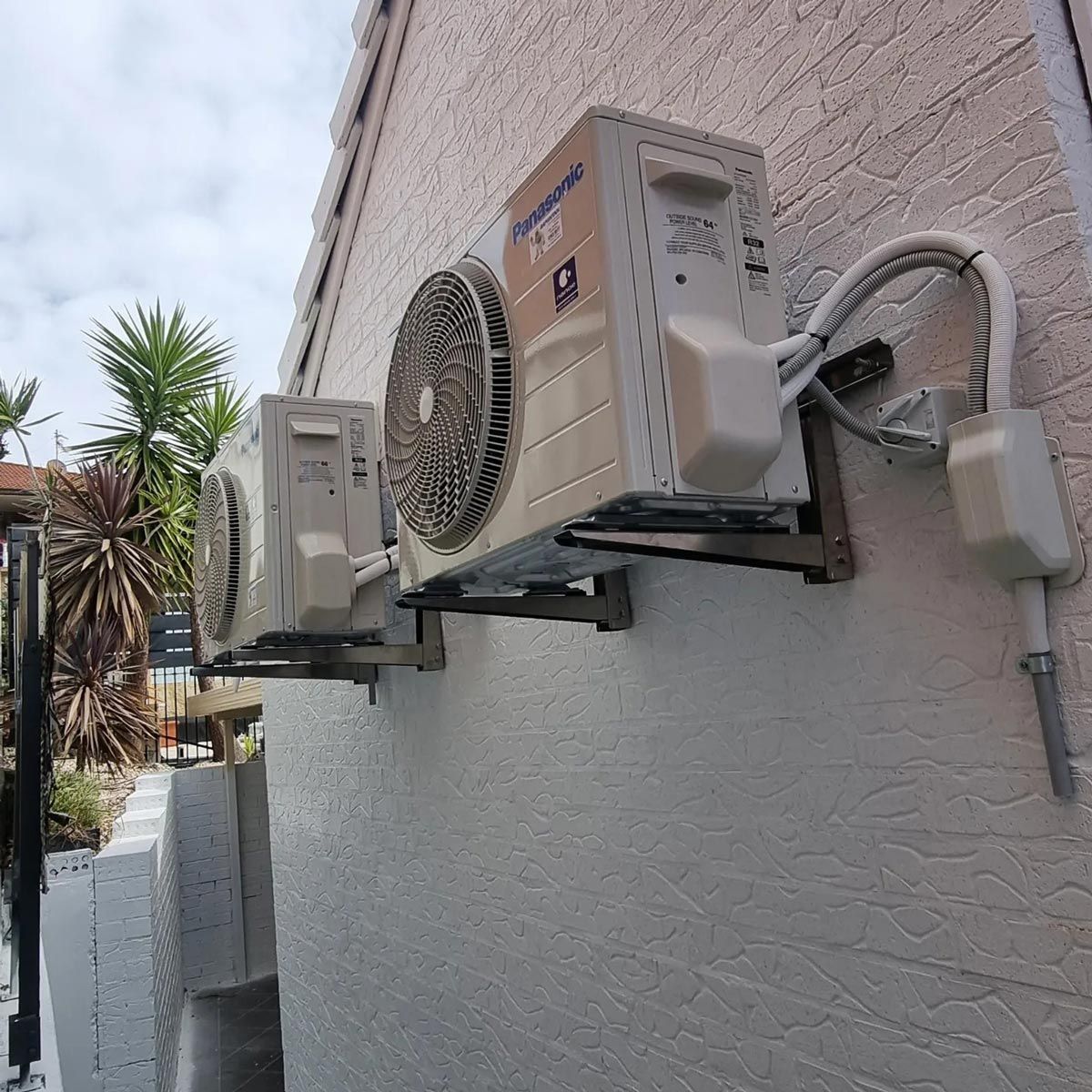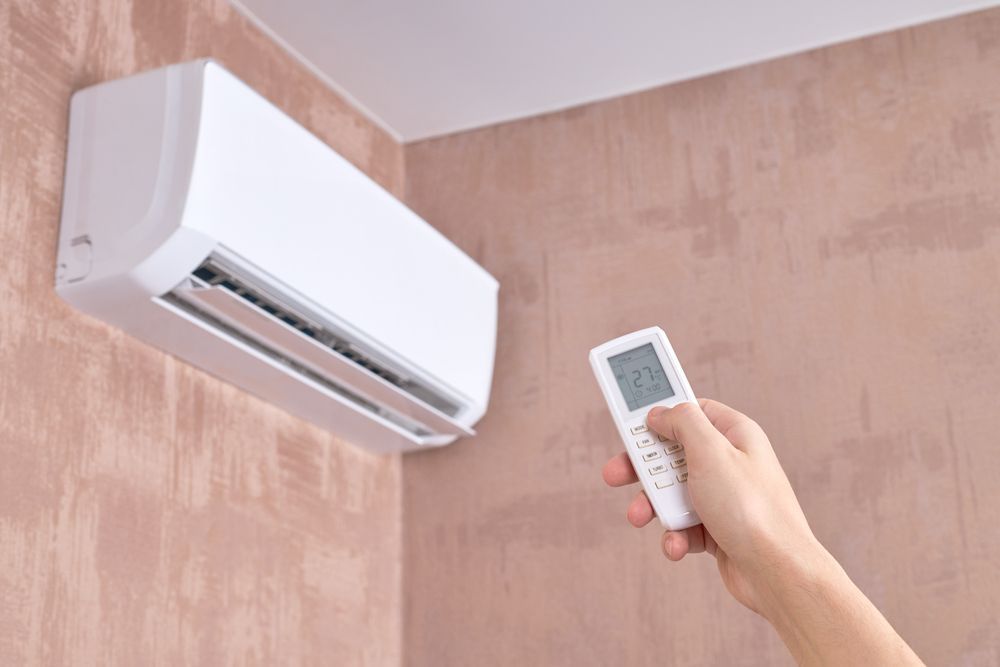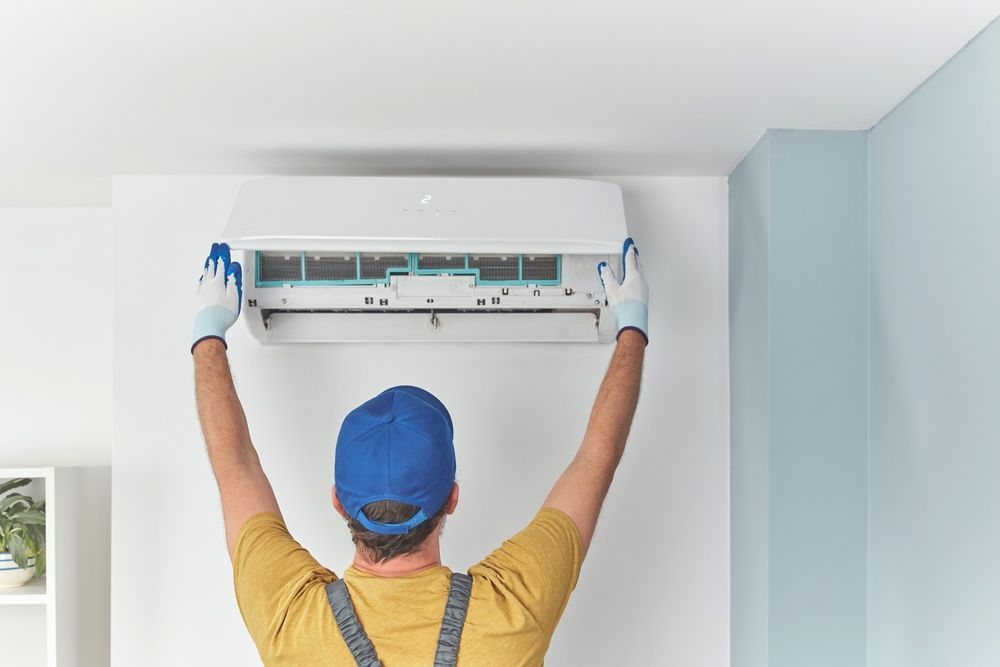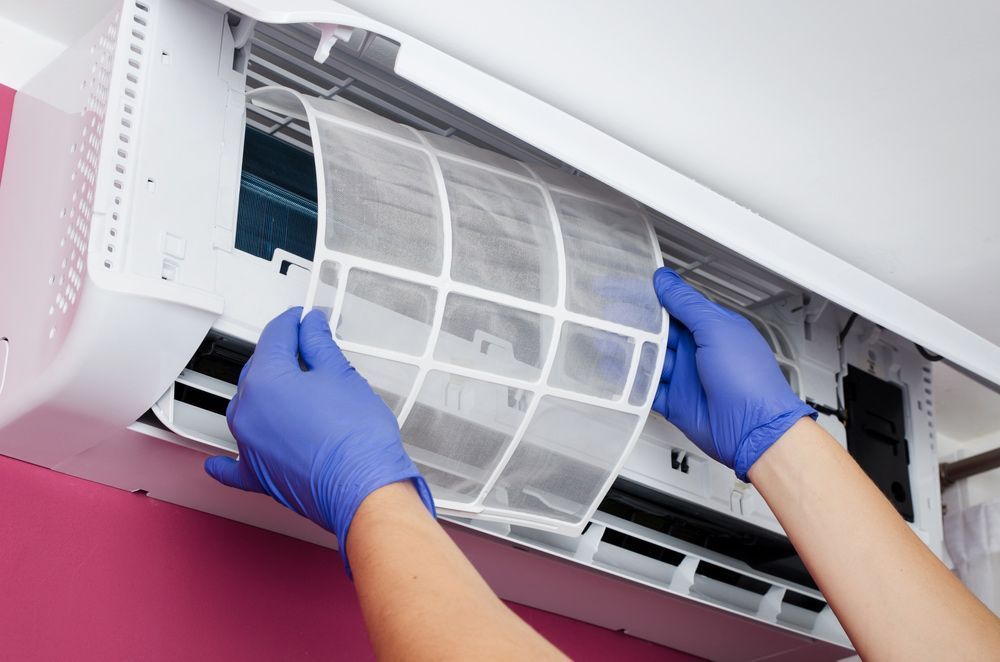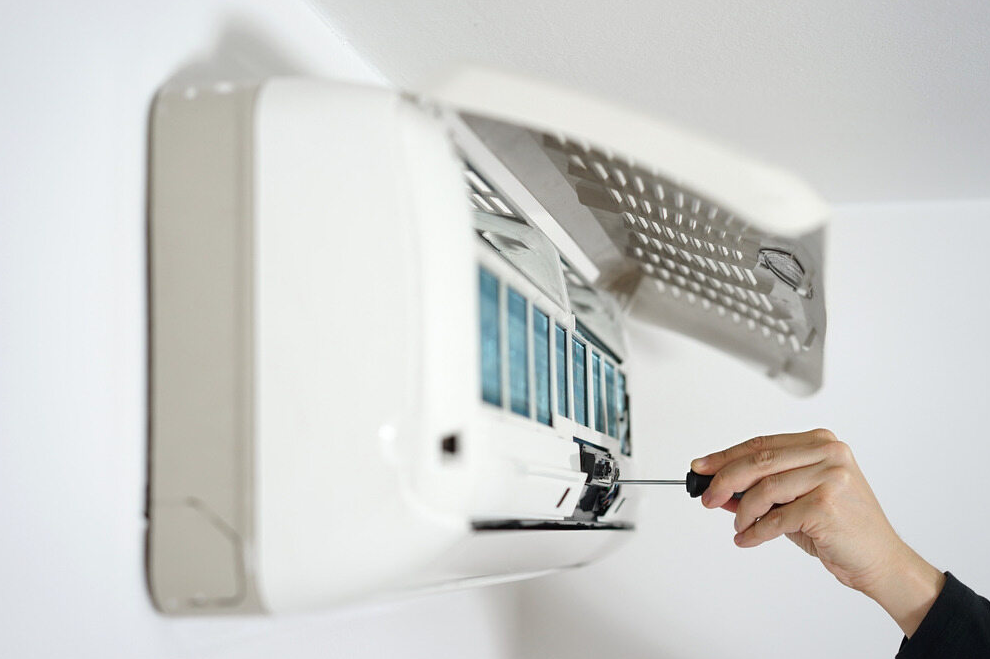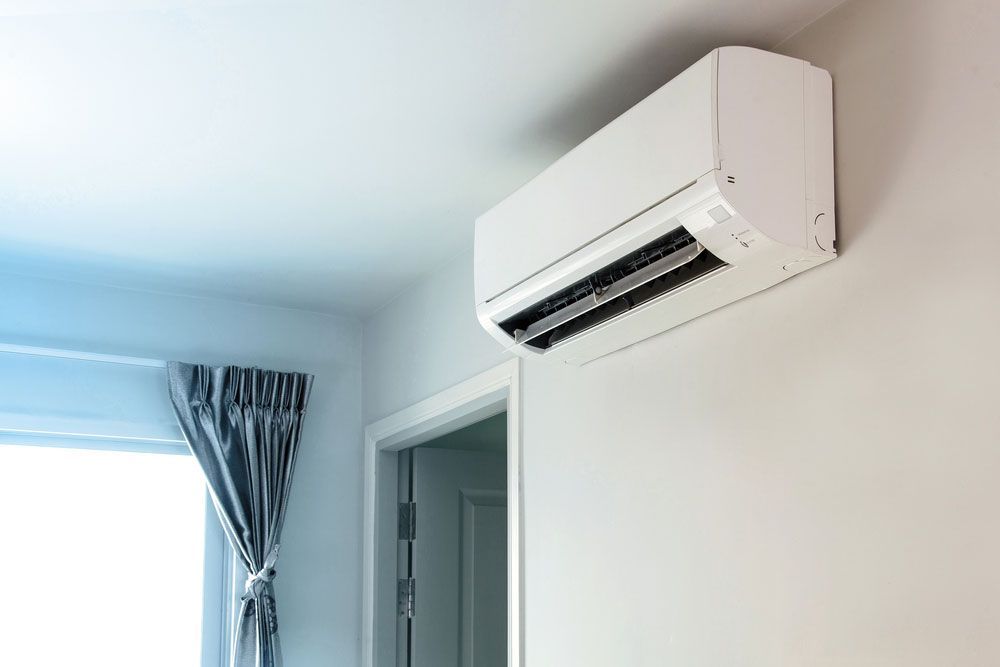Split System Air Conditioning Vs Ducted Systems: Pros And Cons
Choosing the right air conditioning system for your home or business can be challenging. With so many options available, it's important to understand the key differences between split and ducted air conditioning systems. In this blog post, we'll explore the pros and cons of these systems, providing a comprehensive air conditioning comparison to help you make an informed decision.
An Overview of Split Systems
Split system air conditioning units consist of two main components: an indoor unit and an outdoor unit. The indoor unit is mounted on a wall and houses the evaporator, which cools the air. The outdoor unit contains the compressor and condenser, which work together to dissipate heat from the refrigerant.
These two units are connected by insulated pipes that carry the refrigerant between them. The system operates by drawing warm air from the room, passing it over the evaporator coils to cool it and then circulating the cooled air back into the room. The heat extracted from the indoor air is transferred to the outdoor unit, where it is released.
The Basics of Ducted Air Conditioning
Ducted air conditioning involves centralised systems that distribute conditioned air through a network of ducts installed within a building's roof space or walls. The central unit, which contains the compressor, condenser, and evaporator, is usually installed in the roof cavity or outside the building.
The central unit cools the air, which is then pushed through the ducts to various rooms via vents. Ductwork should be carefully planned and installed to ensure efficient air distribution and minimal loss of conditioned air.
Understanding the Pros and Cons
Let's break down the pros and cons of each system to help you decide which is best for your needs.
Installation
Split Systems
- Easier and quicker to install
- Less invasive, requiring minimal structural changes
- Ideal for retrofitting into existing homes or businesses
Ducted Systems
- More complex installation process
- Requires significant structural work, especially in existing buildings
- Best suited for new constructions or major renovations
Efficiency
Split Systems
- Energy-efficient for cooling specific areas
- Allows for individual room temperature control
- Can lead to energy savings by not conditioning unused spaces
Ducted Systems
- Provides a consistent temperature throughout the entire property
- Can be less energy-efficient when used to cool small areas
- Modern ducted systems may have advanced zoning options for better efficiency
Flexibility
Split Systems
- Ideal for spaces with varying cooling needs across different rooms
- Easier to expand or upgrade by adding more units
- Suitable for tenants or those who might relocate
Ducted Systems
- Best for homes or businesses where a uniform temperature is desired
- Can be integrated with smart systems for advanced control
- Once installed, it's more challenging to modify or expand
Unsure Between Split and Ducted Systems? Contact Us
At Rapidcool Air Conditioning & Electrical, we understand that every property has unique cooling needs. Our team is here to provide expert advice and professional air conditioner installation services. By choosing us, you'll benefit from our extensive experience in the industry, ensuring that your unit is tailored to your specific requirements. Let us help you select the most suitable air conditioning system for your needs and ensure your home or business remains comfortable year-round. Contact us today!

